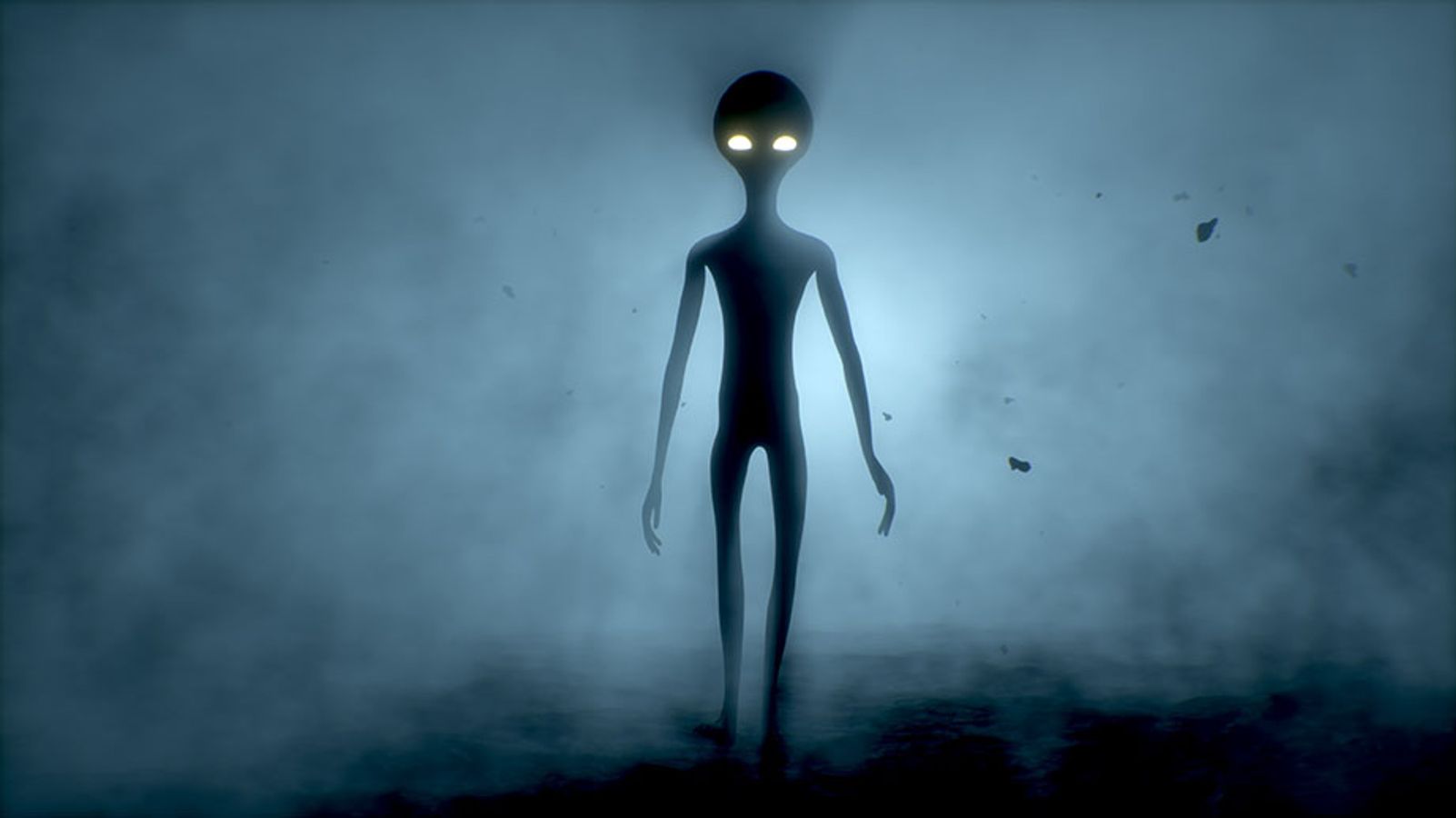'Not Mars, not Jupiter': NASA finds frozen oceans in a small planet that could rewrite solar history
Produced by: Mohsin Shaikh


Frozen Giant
Ceres, the largest object in the asteroid belt, is a dwarf planet with frozen oceans and hints of ancient habitability, setting it apart from its rocky neighbors.


Planetary Traits
With a solid core, icy mantle, and rocky crust, Ceres demonstrates internal differentiation, a characteristic typically seen in planets, not asteroids.
Water Wealth
Ceres may hold more water than Earth, with a crust of mixed ice, dust, and rock that has preserved its rugged surface for billions of years, researchers suggest.

Crater Clues
Distinct craters, like Occator, point to ancient hydrothermal activity. Bright deposits may be remnants of ocean water rupturing through the icy surface.

Ocean History
Studies reveal that Ceres was once an “ocean world,” where a muddy, liquid ocean froze over time, shaping its unique geology and raising questions about its past.

Microbial Potential
Ceres’ history of liquid water and hydrothermal activity makes it a promising site for microscopic life forms, similar to Earth’s bacteria.

Thin Atmosphere
Water vapor in its thin atmosphere and ice in shadowed craters suggest past habitability, though current life forms remain unlikely.

Exploration Edge
Ceres offers a strategic advantage for exploration due to its proximity, lack of extreme radiation, and potential to uncover materials from ancient oceans.

Future Frontier
As a frozen time capsule of planetary formation, Ceres could unlock secrets about early solar system development and the potential for alien life.